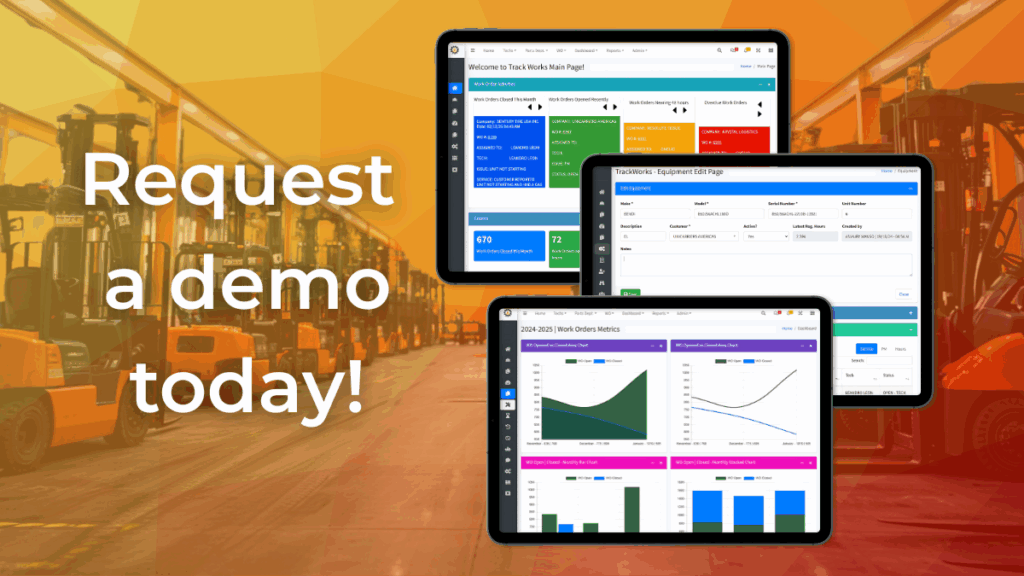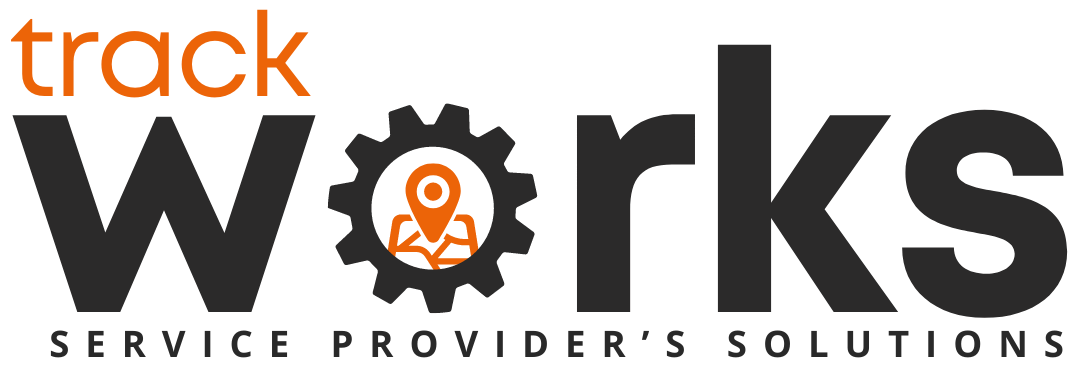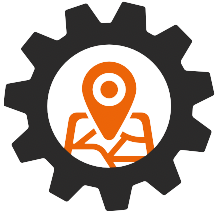Evaluating New Field Service Technology: What to Look For Before Investing
Field service technology promises significant improvements in efficiency, productivity, and customer satisfaction. However, adopting new tools without careful evaluation can lead to wasted investment, poor adoption, and operational disruption. In 2025, organizations must be strategic in assessing new technology to ensure it aligns with operational goals and delivers measurable returns. This blog provides a comprehensive guide for FSM leaders on what to consider when evaluating new technology solutions.
1. Alignment with Operational Goals
Why it matters:
Technology should support specific operational priorities, whether that is reducing travel time, improving first-time fix rates, or increasing visibility across teams.
How to implement:
- Identify the top 3–5 operational challenges your team faces.
- Evaluate whether the technology directly addresses these challenges.
- Avoid adopting tools that add complexity without clear operational benefit.
Practical tip: Prioritize technology investments that solve real problems rather than chasing trends.
2. Ease of Use and Adoption
Why it matters:
Complex or unintuitive platforms hinder adoption, causing frustration and wasted resources.
How to implement:
- Assess user interface and navigation during a demo or trial.
- Engage technicians and office staff to gather feedback on usability.
- Ensure adequate training and support are available for onboarding.
Practical tip: Even powerful tools fail if the team does not use them consistently.
3. Integration Capabilities
Why it matters:
A new solution should seamlessly connect with existing systems, including ERP, CRM, accounting, and inventory platforms.
How to implement:
- Verify available APIs and data exchange capabilities.
- Ensure the technology complements, not replaces, existing workflows.
- Evaluate whether integration improves data accuracy and reduces manual work.
Practical tip: Start with high-impact integrations first, and expand gradually to other systems.
4. Mobile and Remote Access
Why it matters:
Field technicians increasingly rely on mobile tools to access job details, communicate with the office, and log updates in real time.
How to implement:
- Test the platform’s mobile app on multiple devices and networks.
- Ensure offline functionality for areas with limited connectivity.
- Verify that critical features, such as scheduling, parts lookup, and customer notes, are accessible remotely.
Practical tip: A mobile-first design ensures your team remains productive wherever they are.
5. Analytics and Reporting
Why it matters:
Data-driven insights are crucial for optimizing operations, improving decision-making, and demonstrating ROI.
How to implement:
- Evaluate available dashboards and reporting tools.
- Ensure the software tracks KPIs relevant to your team’s goals.
- Confirm the platform supports predictive insights and trend analysis.
Practical tip: Look for customizable reports that can inform both leadership and field teams.
6. Cost vs. Value Analysis
Why it matters:
The most expensive solution is not always the most effective. Focus on measurable ROI and long-term value.
How to implement:
- Calculate potential savings in labor, travel, and repeat visits.
- Consider efficiency gains and customer satisfaction improvements.
- Factor in implementation costs, training, and ongoing subscription fees.
Practical tip: Prioritize tools that offer clear operational improvements and measurable financial benefits.
7. Vendor Support and Reliability
Why it matters:
Reliable vendors provide continuous updates, responsive support, and guidance during adoption.
How to implement:
- Check reviews and case studies from similar organizations.
- Evaluate support channels and response times.
- Ensure service level agreements meet operational needs.
Practical tip: A responsive vendor reduces downtime and ensures technology investments deliver expected results.
Conclusion
Adopting new field service technology requires careful consideration. Evaluating solutions based on operational alignment, usability, integration, mobile access, analytics, ROI, and vendor support ensures that your investment drives efficiency, enhances service quality, and positions your team for success in 2025. Strategic adoption is the difference between tools that transform operations and tools that create unnecessary complexity.




No responses yet